|
The curiosity of human mind set the foundations for the SCIENCE and the laws of physics emerged in our lives. With an endless eagerness and enthusiasm, we have observed EVERYTHING with an ultimate goal to unravel the secrets hidden within the recesses of the very UNIVERSE. And, we still and will always be in the quest for UNDERSTANDING what yet seems mysterious. Speaking of Physics, it may be better to start off with elucidating the process of questioning, and understanding how physicists approach a problem. As opposed to the conviction of many people that great physicists like Isaac Newton, Albert Einstein, Paul Dirac, Richard Feynman, ... are great since they could solve very complex problems, they are actually great since they were able to see the easy-to-handle pieces within the most intricate structures. Great Minds in Physics always tend to explain the concepts with the most basic terms and in the end when you finish listening to their lectures and/or reading their books, you are amazed by how everything, which seemed quite complicated at a glance, turns into something easy to grasp. If you can not see the SIMPLE, you can not handle the COMPLEX. "If you can't explain it simply, you don't understand it well enough." Albert Einstein [1] Here in this blog post, I present to you a complex-looking Physics Problem and solve it by following the SIMPLE -----> COMPLEX approach. I have created this particular physics problem so as to convey highly important messages (through analogies) to entrepreneurs, to physics and engineering majors who would like to pursue their careers in business, and to other avid readers. See yourself what a Physics Problem can tell us more than expected! PROBLEM #0 Suppose there is a box standing on the floor and it is allowed to move horizontally in one dimension on the surface. There are two forces, F1 and F2 (each one can be modeled as a square wave with an amplitude of 5N) acting on this box horizontally, where each force can be active for no more than 15 minutes total within a time frame of 30 minutes. There is also friction (with a maximum magnitude of f=8N) between the floor and the box. How should these two forces (F1 and F2) act so that the box speeds up to a speed as fast as possible when t=25min? (t=0 is the time when the 30 minute time frame is started) Wow ... what a question? seems complex enough, even a little bit weird, but it is good that it is weird, right? nothing in life is that straightforward, a little speck of weirdness is always good, trust me! anyway, back to the problem! what on earth are all these things are ... square wave? friction, forces, time frame, ...? "speeding up the box" thing to reach the "fastest speed"? ... There is really too much stuff to grasp at once! At this point, we may feel like we are living one of those times of our lives when there seems to be so much to cope with and we get stuck and don't know what to do ???? A piece of advise tells us that the best way to handle all of this is to BE STILL. I am NOT saying "Just, don't do anything". Remember "BEING STILL" and "DOING NOTHING" ARE TWO DIFFERENT THINGS. Let's now be still and calm down, and focus on Problem #0. There is nothing to worry about; we will see how easy and fun it can get to deal with this question; dissecting it, working out the pieces, and combining them ... etc. This way of thinking may also help us better react when in distress. Maybe the solutions to our problems are not far away, maybe it is our minds which make things more complicated than they actually are! To me, how we approach a problem is more imperative than the solution itself. Not every problem has the same solution, but once we allocate the logic, reasoning and flexibility in our way of thinking, we would be closer to the solutions we are seeking. Enough of diversion from Problem #0! Please read it again. As I promised, we will try to go from SIMPLE to COMPLEX. Here is how it works. We will first try to get the SIMPLEST part out so as to form a strong infrastructure, then start to CREATE the rising steps until we reach the very summit, i.e the original problem … Once all the parts seem straightforward, so will the problem in the end. CONSTRUCT THE BASICS IN THE PROBLEM 1) It is a one dimensional motion. Let's say the box can move to the Right (let's denote it as "+" direction) or to the Left (let's denote it as "-" direction). 2) There are two external forces (let's call them F1 and F2) and each has magnitude of maximum 5 N when they are turned on. 3) There is a frictional force whose magnitude is 8N at most, opposing any motion. Ok, now we are ready to BUILD UP. PROBLEM #1 In this problem, let's suppose F1 (5N) and F2 (5N) represent two workers who are in charge of moving the box on the floor (via pulling it) where there is friction (f=8N). How should F1 and F2 act in order to make the box move ? Answer: We know that F1=5N, F2=5N and f=8N. The answer to this problem is straightforward, right? They should both pull in the SAME direction. In this way, they will be able to overcome the frictional force and the box will move (compare Figure 1 and Figure 2). Figure 1: Two opposite forces (workers pulling in opposite directions) acting on the block. Hence, the magnitude of these forces are the same (5 N each) there will be no net force in the horizontal direction. No work is done but in the end the workers still get tired; all their efforts are simply wasted. Figure 2: The workers decide to pull in the same direction so as to move the block while overcoming the frictional force. Now, the net force acting on the block is 2N to the right, which can be found as F1 + F2 - f = (5 + 5 - 8) N = 2N We are done with the first rung and moving up. Now, let's have some fun and create a brand new problem, yet little bit more complex than the previous one. PROBLEM #2 THEME: DIFFERENT PHASES We are back to the workers in the previous problem. These workers work as a team and they were given a window of 30 minutes to complete the task (from 10:30am to 11:00am). Each worker can work at most 15 minutes in the duration of this 30-minute time period. How effective would it be if both workers work non-stop for 15 minutes and worker #1 starts to pull the box 10 minutes after the worker #2 starts to pull? Answer: Figure 3 depicts the situation. From now on, the Light Green Regions in the graphs are the time intervals where the net force on the box (F1+F2-f=(5+5-8)N=2N) is in + direction, making the box speed up. The two workers overcome the friction only between the 10th and 15th minutes (light green region). The rest of the time the friction will be greater than F1+F2 which leads to a decrease in the speed or it would be even impossible to start any motion. Hence, it is obvious that for the first 10 minutes, it is only the worker #2 who pulls the box with 5N which can not overcome the friction, and there will not be a hint of motion at all. Figure 3 features a typical example of two square waves with the same frequency (i.e same on- and off- cycles) but different PHASES; hence the first one is delayed in time by 10 minutes with respect to the second one. So, these workers are NOT IN PHASE here! Figure 3: Both workers decide to work non-stop for 15 minutes. However, they start to work at different times (i.e different phases). They pull the box together only between 10th and 15th minutes. So, their cumulative force (10N in + direction) can exceed the frictional force (8N in - direction) only for 5 minutes. The rest of the time they work for NOTHING (no speeding up of the box). PROBLEM #3 THEME: DIFFERENT FREQUENCIES Let's repeat the previous problem assuming that both workers start to work together (i.e they have the same PHASE initially). However, the first one works on and off with 5 minute intervals, whereas the second one with 15 minute intervals (i.e they possess different FREQUENCIES). Answer: Figure 4 depicts the new situation. Now, we have more light green regions where positive work is done on the box (i.e the box speeds up). However, we can see there are still times during which the workers work but the box does not speed up (times during which they do not pull the box together)! Figure 4: Both workers start to pull at the same time, but they have different relaxation and work times (i.e different frequencies). For instance, the worker #1 works for 5 minutes, then rests for the next 5 minutes, and repeats this cycle for the duration of the task, working a total of 15 minutes altogether. On the other hand, the worker #2 works during the first 15 minutes and rests for the rest of the time. Their combined contribution can result in speeding up the box only when they pull the box together (light green regions). PROBLEM #4 Based on what we've learned in previous problems, let's now try to find an example of a case where the box speeds up at all times when either worker is pulling it. Answer: Here is an example which meets the requirement (Figure 5), which shows that both workers must possess the identical on- and off- stages. Whenever one pulls the box, the other one has to pull as well so as to create a net force in the + direction, resulting in speeding up the box. In other words, they must be IN PHASE and they must have the SAME FREQUENCY. Figure 5: Both workers start to work at the same time and they have the same periodic 5-minute intervals of work and relaxation times (i.e they are in phase and they possess the same frequency). So far, we have done a great job. But we are not done yet. We should be SKEPTICAL like all scientists and make sure what we have done so far is complete. Therefore, it is always a good practice to go back and check the original problem (i.e Problem #0) and read it thoroughly to see if we have answered it completely or if there are still loose ends. In order to do that, what we need is the VISUALIZATION. Try to visualize the motion of the box in your mind and criticize yourself. This is the final step we will take. PROBLEM #5 Check the answer to Problem #4 and see if we could ever reach the fastest speed possible at any time during the course of actions? Find the condition for reaching the fastest speed. If possible, how would it be possible to reach the fastest speed at the end of the 25th minute (see what is asked in Problem #0)? Answer: Let's analyze what happens during the course of actions presented in Figure 5 (see above) 1. 0 min < t < 5 min : No motion 2. 5 min < t < 10 min : 2N net force acting in "+" direction speeds up the box 3. 10 min < t < 15 min : 8N (friction) acting in "-" direction slows down the box so fast that the box stops for a while (hence 8N is way larger than 2N) until the net force in "+" direction is again 2N (when t=15min). The rest of the motion will be the repetition of 2. and 3. steps here. So the box, speeds up for 5 minutes, then slows down and stops, then speeds up again, slows down and stops, so for and so forth. Ahaaaaa, now let's answer this: How would it be possible to keep speeding up the box without any interruption (i.e no slowing down stages in between speeding up ones)? Do you think we could have done that by applying the 2N net force in the "+" direction CONTINUOUSLY for more than 5 minutes? Yessssssss. Think of workers starting to work at the same time non-stop for 15 minutes. Then, this would mean a 2N of net force acting on the box non-stop for 15 minutes (i.e keep speeding it up for 15 minutes without any slowing down) .... wow, how amazing!!!! We are doing some physics here; some intuition, reasoning, and logic. Now, we have the full control over the Problem. We are asked to have the highest speed when t=25min. Then, we also know when the workers should start to work (t(min)=25-15=10) ... See the answer below (Figure 6). Figure 6: Both workers are IN PHASE (they start to work at the same time) and they have the same FREQUENCY (identical periodic behavior with respect to time). They pull the box together non-stop for 15 minutes, constantly speeding up the box and reaching the maximum possible speed when t=25 min. PROBLEM SOLVED ! The above presented Physics problem actually conveys us a very important message of 4 Cs on how to build an effective team: CAUSE, COLLABORATION, COMMUNICATION, CONTINUITY I) CAUSE
In today's business world, it is almost impossible to do anything without forming a team. However, not all teams turn out to be working as effective as others. What is really the most basic item which defines a team then? To me, it is the COMMON CAUSE. Unless all team members are dedicated to same principles, ideals, goals, or simply the underlying CAUSE lying underneath the formation of the team, it would be a waste of time to try to do anything together. In strong teams, all team members devote all their efforts and time to the same cause. They always pull the box in the same direction. The team's goals always take precedence over individual interests, ambitions, or benefits. As a side note, we should all remember that the fate of our business not only depends on our strength but also on the factors which cause serious trouble to us. Regardless of the size of the business, there will always be internal struggles such as employee dissatisfaction, financial issues, ... etc and external risks / threats such as vicious competition, economical instabilities, ... etc. Altogether, they cause a significant burden (like the friction we faced in above Physics Problem) hindering the growth of any business. However, there is good chance to overcome all these if everybody sticks to the SAME CAUSE. II) COLLABORATION It is naturally expected and mostly essential that everybody in a team may have different abilities, skills and expertise. Once utilized wisely, the presence of these differences usually provide competitive advantages against the rivals in your business. All team members should be aware of these differences and know how to COLLABORATE by respecting each others' strengths. Especially, at the beginning of a project, a road map must be agreed on by all members of the team, all the assigned tasks must be shared among the members, making sure that everybody is on the same page. You can only COLLABORATE with others as long as you are in PHASE with them. III) COMMUNICATION In any business, there are certain times serious problems arise due to lack of communication between team members and/or different departments of the company. In spite of the presence of a common CAUSE and noticeable tendency to COLLABORATE, the lack of COMMUNICATION can lead the whole organization to inescapable downfalls. In a company, for instance, whose Marketing Department is extensively promoting products which are obsolete and are not manufactured by the Production Department anymore, is a total nonsense. However, sometimes these kind of weird situations happen in real life. This is mostly due to problems in communication within the organization. Even if not present initially, the problems due to internal communication loss can originate and even build up in time, leading the business towards an irreversible disaster! The only way to treat this condition is to make all the active members of your business to be aware of each other and act together by possessing the same reaction times to any changes in due course. In this way, the whole entity will be like a wave with single FREQUENCY! IV) CONTINUITY "A business can fail in two ways: not surviving beyond its start and not reaching its full potential. While shutdowns receive the most attention, failure to reach full potential is much more catastrophic." says Kevin D. Johnson (Founder and CEO of Johnson Media Inc.)[2] It is really a shame not being able to reach higher echelons in spite of having a promising potential to do so. While solving Problem #5, we witnessed a similar case; we studied two workers trying to speed up a box. Due to their allowing the friction to slow down the box and even to stop it in between their successive actions, they could never make the box reach the maximum speed possible. Later, we showed (for that specific problem) how to utilize the existing potential so as to make the box reach its maximum speed available under given circumstances. As a direct analogy, our actions in our businesses also define whether our business will grow or flounder. The wilderness of the business environment is nothing but as dangerous as shallow waters with tons of sharks swimming and waiting for you. Therefore, you should be always ready for threats and should structure your business in a such way that CONTINUITY should be adapted as your philosophy. No question that as soon as you fall into sleep mode, you start to loose. No matter how strong your team might be in terms of collaboration and communication skills, without CONTINUITY there is a very slim chance of maintaining your success and even of surviving in the long run. A very powerful concept which supports the PILLAR of CONTINUITY is the "Innovation" (which we can discuss more in detail some other time). The companies, who innovate, not only possess a competitive advantage in the market but also ensures a progressive business development. LESSONS WE LEARNED in a NUTSHELL 1) There are times that we face very complex problems in our lives. We feel like we get stuck and we do not know how to handle the situation: Think simple! Re-describe the problem in simple terms and reduce it to its simplest form and then re-build the problem by adding pieces to it. While re-building the problem, you will gradually reach the solution you seek. 2) The fate of a team / company / organization stands on the PILLARS of 4C denoted as CAUSE, COLLABORATION, COMMUNICATION, CONTINUITY: A business should be found based on a common CAUSE agreed upon by all employees of the entity. The adaptation of strong COLLABORATION and effective COMMUNICATION are two indispensable items to develop. Last but not least, the survival and the progress of any entity strongly depends on what the long term plan is, and how the drastic changes in the business world / economy are handled, how much new concepts such as Innovation are favored, how well a business strategy is constructed, all invigorating CONTINUITY. REFERENCES [1] https://www.brainyquote.com/quotes/quotes/a/alberteins383803.html [2] "The Entrepreneur Mind", Kevin D. Johnson (2013)
1 Comment
|
AuthorPhysicist, STEM Enthusiast, Business owner with a great aspiration to learn from and share with everybody ... Archives
May 2021
Categories |
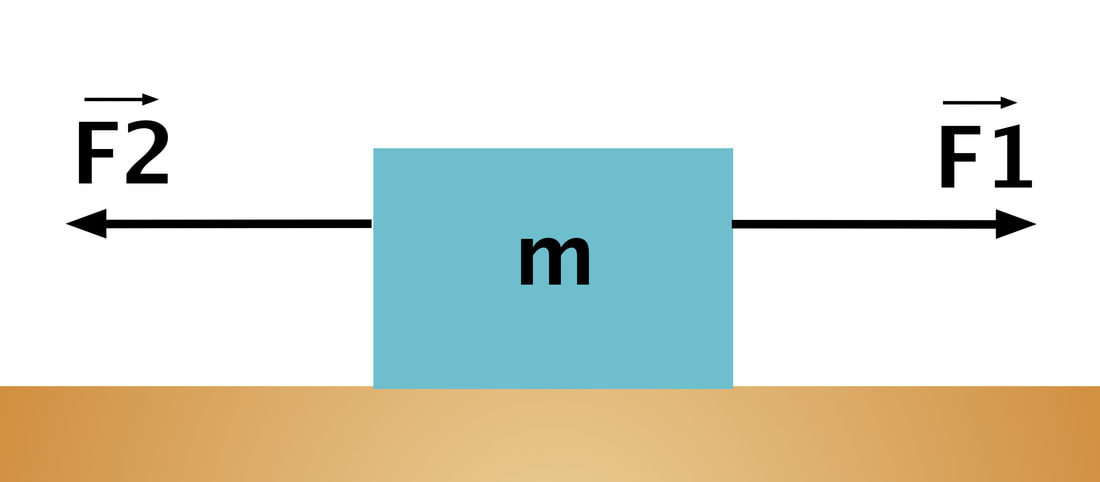


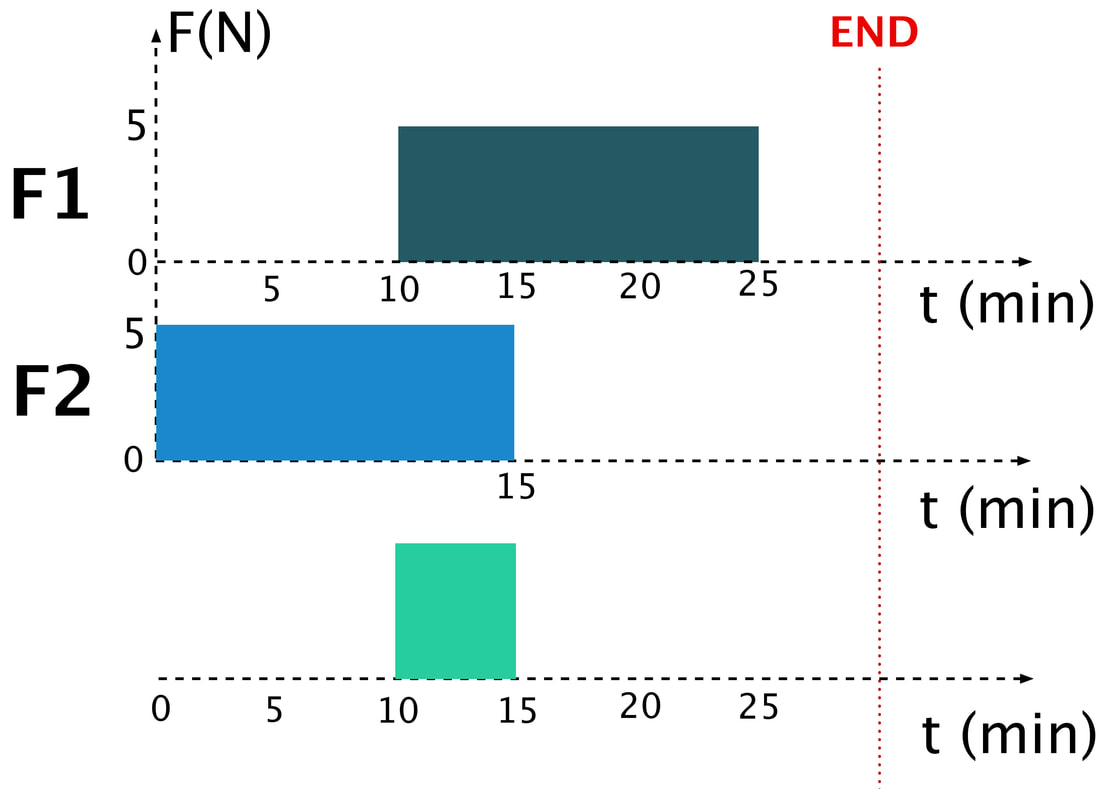
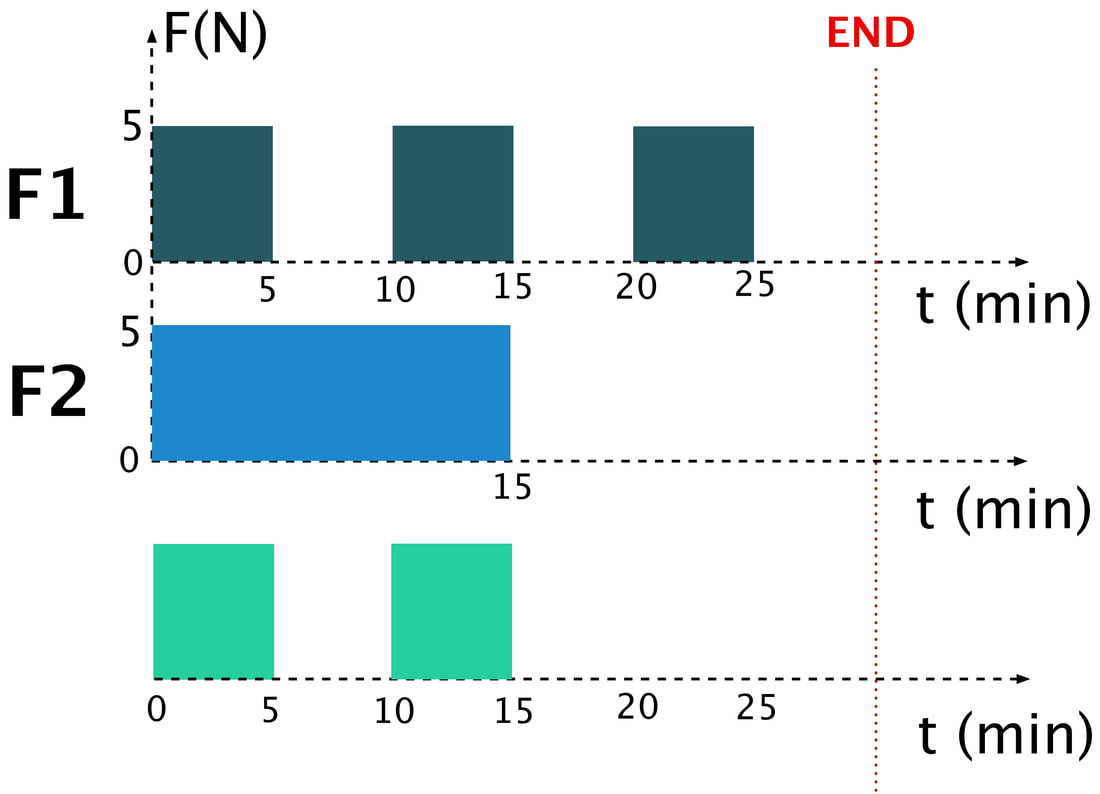
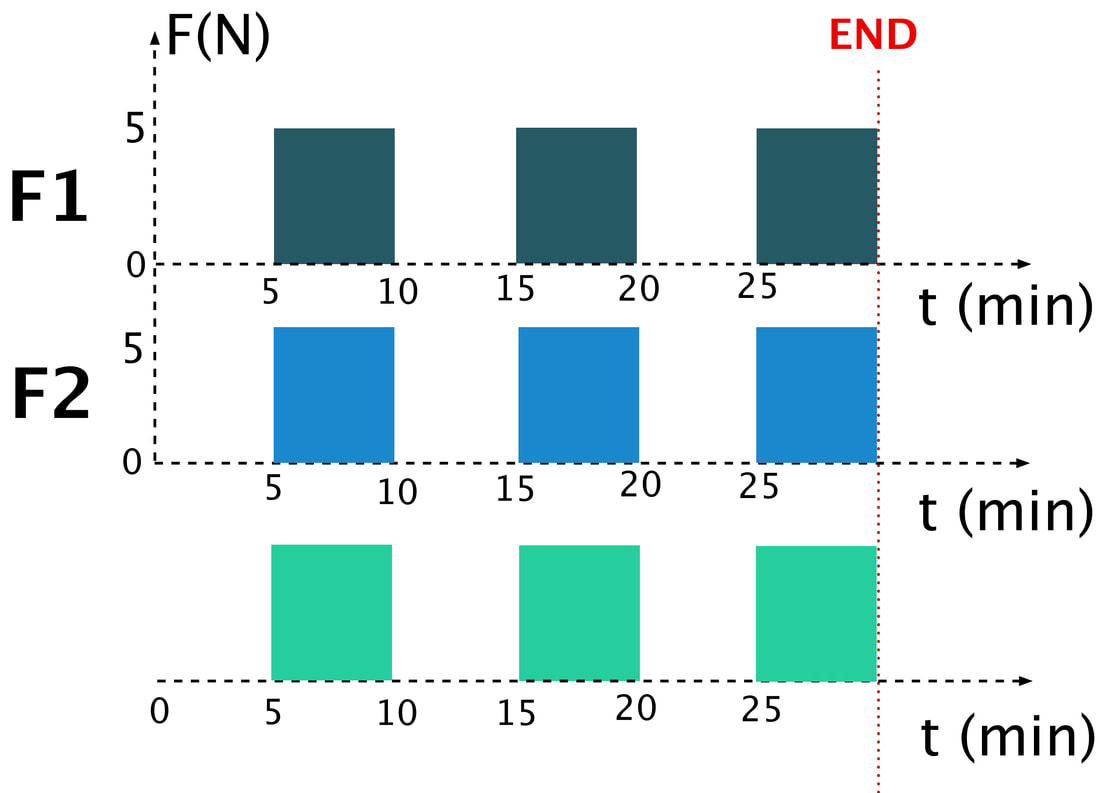
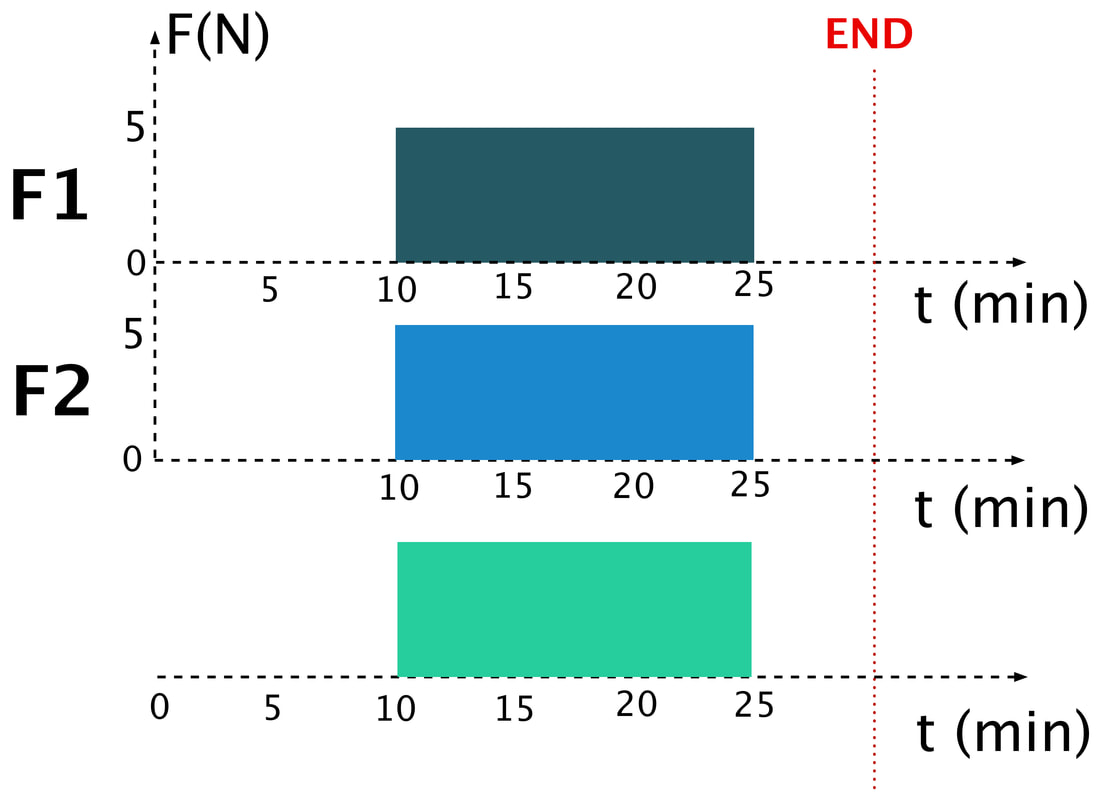
 RSS Feed
RSS Feed
